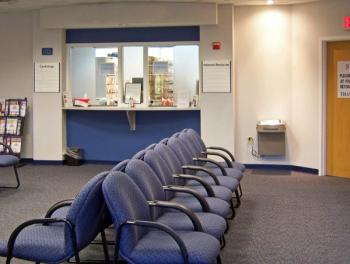
Diabetes drug spending declines with greater use of generics
Health plans focus on reduced drug copays eases patients’ financial burden
While more of your patients may have
Results of
Data on brand-name versus generic drugs was not available prior to 2005 in the
Partly as a result of the reduced spending on medications, the percentage of patients with diabetes with “high financial burden”-defined as the ratio of total out-of-pocket spending on health services and health insurance premiums to total family income-decreased from 23.9% during the 2001 to 2003 period to18.6% during the 2007 to 2009 period
The authors cite data from the
The trend towards
The study did not look at whether lessening the financial burden of treating diabetes led to improved access to care and treatment, but the authors note that “trends in prescription drug use and access are consistent with increased affordability,” and that “lowering the costs of diabetes drugs has been shown to decrease…patients’ costs and utilization overall, including rates of emergency department visits.”
In addition, they say, other studies have shown a strong relationship between the financial stress caused by high levels of out-of-pocket spending and postponing or foregoing needed care.
Newsletter
Stay informed and empowered with Medical Economics enewsletter, delivering expert insights, financial strategies, practice management tips and technology trends — tailored for today’s physicians.















